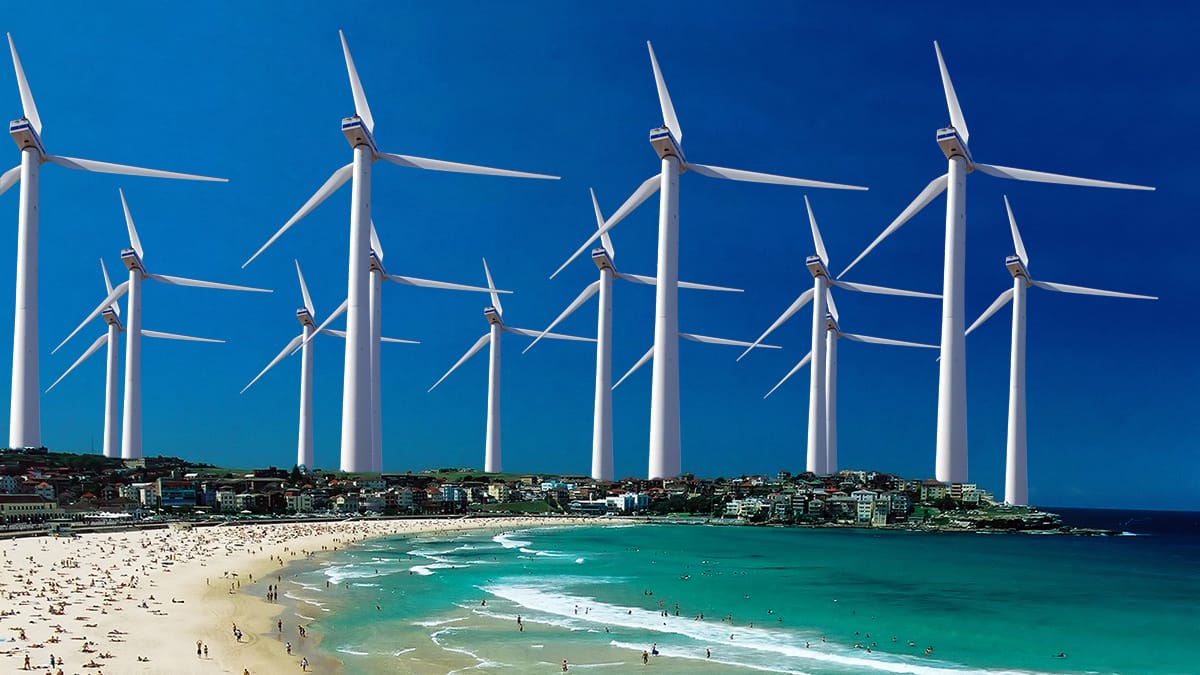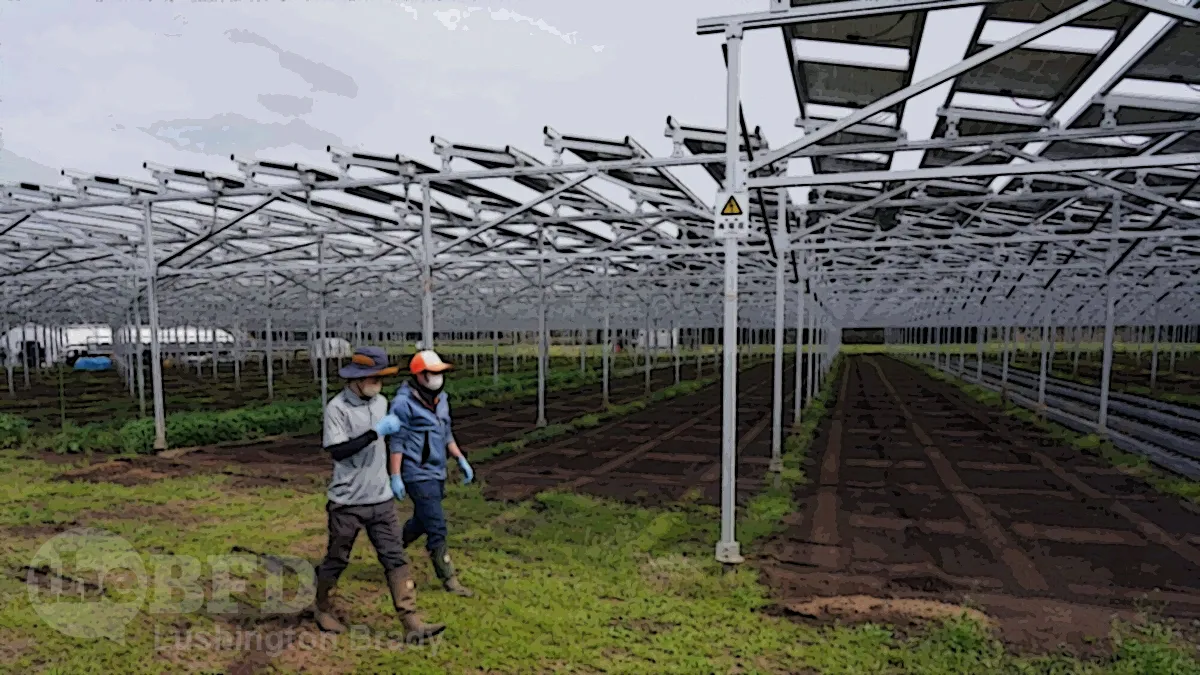Ever noticed that the biggest spruikers of “renewables”, like most “environmentalists”, are wealthy people who would never tolerate a wind or solar farm within a hundred miles of their wealthy, inner-city suburbs. You’ll never see a field of towering windmills blanketing the landscape in Double Bay, nor will you see the leafy streets of Fitzroy bulldozed and carpeted in acres of glass and aluminium.

No, as with every other “green” utopia, it’s country people who are expected to put up with the destruction of the natural landscape in order to pander to the cult-like delusions of rich, inner-city Greens.
It’s the same all over the world, even Japan.
Since January this year, when [Nara Prefecture] Gov. Makoto Yamashita announced plans to develop a large-scale solar farm on a plot of land the prefectural government had purchased from a local forestry group, residents have been vocally and visibly protesting the move.
“We cannot accept ‘megasolar’ no matter what,” fumes Kuniharu Tsujimoto, a 77-year-old Gojo resident and head of a local forestry association.
This is not just “NIMBYism” with a Japanese twist. As rural people in Australia are also finding out, the “renewable” industry speaks with a very forked tongue indeed.
[Tsujimoto] said his group had agreed to sell its 30-hectare plot to the prefecture in 2022 on the assumption that it would be turned into an antidisaster base with an airport to serve the entire Kii Peninsula in the event of a major disaster, as originally proposed by the prefecture several years before.
Residents now feel betrayed by the prefectural government, which changed its stance after Yamashita was elected as governor in April 2023, according to Tsujimoto. Yamashita had campaigned on a platform of scrapping the airport construction plan, which had been pushed by his predecessor Shogo Arai, citing costs and other reasons.
Surprise, surprise, there was an ulterior motive.
The new plan calls for filling the plot — used for decades as part of an 18-hole golf course — with rows of solar panels.
Just as in Australia, rural residents are seeing first-hand the environmental disaster that’s the reality of “Net Zero”.
Many residents have expressed concern about an increased risk of landslides on mountain slopes after trees are cut down to make space for solar panels, or the chance of damaged panels catching fire.
Others complain about the “light pollution” from the panels’ glare, the possible contamination of water sources and the impact on the natural environment, including the area’s biodiversity.
Residents are also worried that the panels ruin countryside scenery. For example, aerial images of solar modules occupying a pond in the city of Nara, leaving barely enough space for a kofun (ancient burial mound) in the middle, have recently made the rounds on social media platform X, with many users lamenting them as an eyesore.
The Japanese are onto the cowboys and troughers, too.
Experts attribute this backlash to unscrupulous and irresponsible solar operators who entered the industry following the 2012 start of “feed-in tariff” (FIT) subsidies […]
In Gojo, people are skeptical about whether a private operator contracted by the prefectural government will properly dispose of the panels when they reach the end of their product lifecycle in 25 years. But due to such worries, operators are now mandated to set aside capital for the disposal of solar panels after their use, although there are concerns that unscrupulous companies may abandon projects without following this once they have made enough money.
The Japan Times
Oh, come now — as if a “renewables” company would do anything so greedy and underhanded.
And as if “environmentalists” actually know the first thing about the natural environment.









